Chasing the Spray: Waterfall Trails in National Parks
Our chosen theme: Waterfall Trails in National Parks. Dive into roaring mist, emerald canyons, and granite stairways that lead to unforgettable views. Explore inspiring routes, safety wisdom, and photo tips—then subscribe for weekly guides, timely alerts, and community stories from America’s most enchanting waterfall trails.
Plan Like a Pro for Waterfall Trails
Before chasing any waterfall, confirm park alerts, road conditions, and possible timed-entry or parking reservations. Some popular waterfall corridors fill early, while seasonal closures protect habitats and visitor safety. Download offline maps, carry a paper backup, and bookmark ranger station numbers. Tell us your go-to planning app, and we’ll feature reader picks in our newsletter.
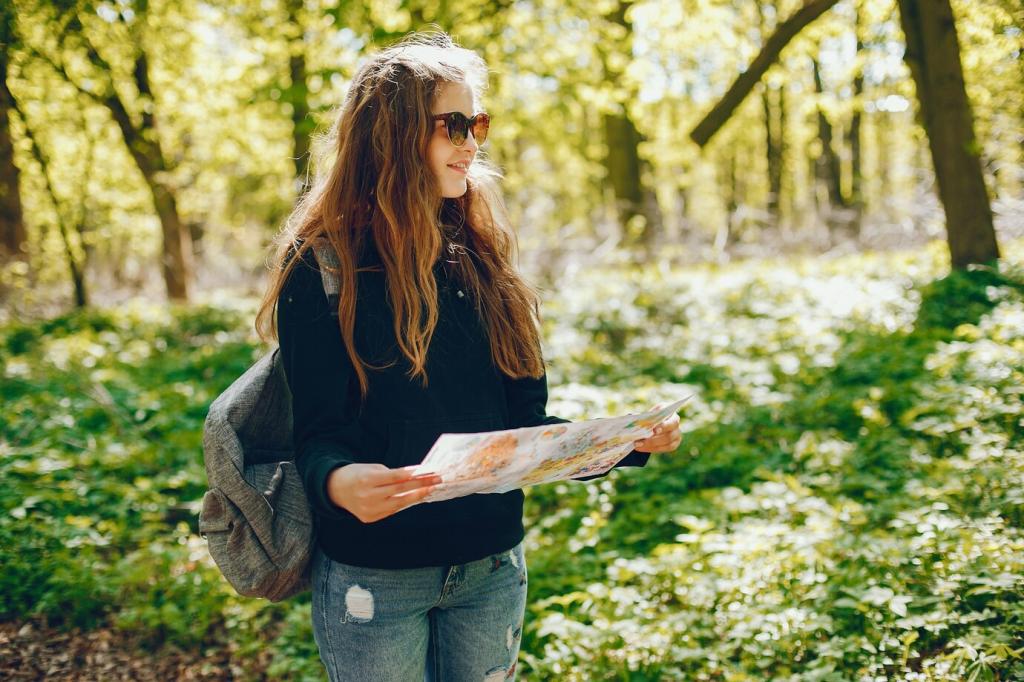
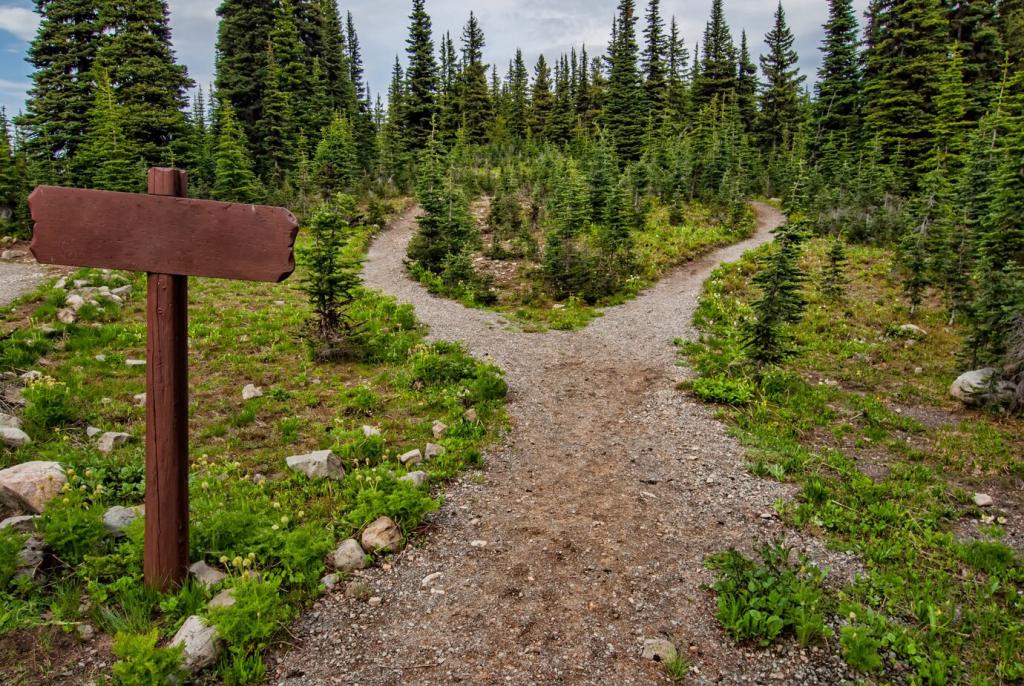
Etiquette on Wet, Narrow Trails
Yield to uphill hikers, keep right on narrow stairs, and never climb railings or slick boulders near the brink. Voices carry; let the sound of water set a respectful tone. Stay on signed routes to preserve plants and crusts. Help newcomers by modeling good behavior, and share your favorite courtesy rule in the comments.
Weather, Flow, and Flash Flood Sense
Snowmelt swells spring torrents, desert storms can trigger sudden surges, and autumn brings colder spray on shaded stone. Check park advisories, watch skies, and be ready to turn back if bridges or crossings look unsafe. Keep an eye on creek color and debris. Subscribe for our seasonal reminders and pre-hike weather checklist.
Wildlife and Fragile Riparian Zones
Waterfall corridors host delicate mosses, ferns, and amphibians that thrive in constant moisture. Give dippers, salamanders, and nesting birds room, and keep snacks sealed to avoid wildlife encounters. Pack out every wrapper, even the tiny ones. Tell us about a respectful wildlife moment you witnessed beside a national park waterfall.
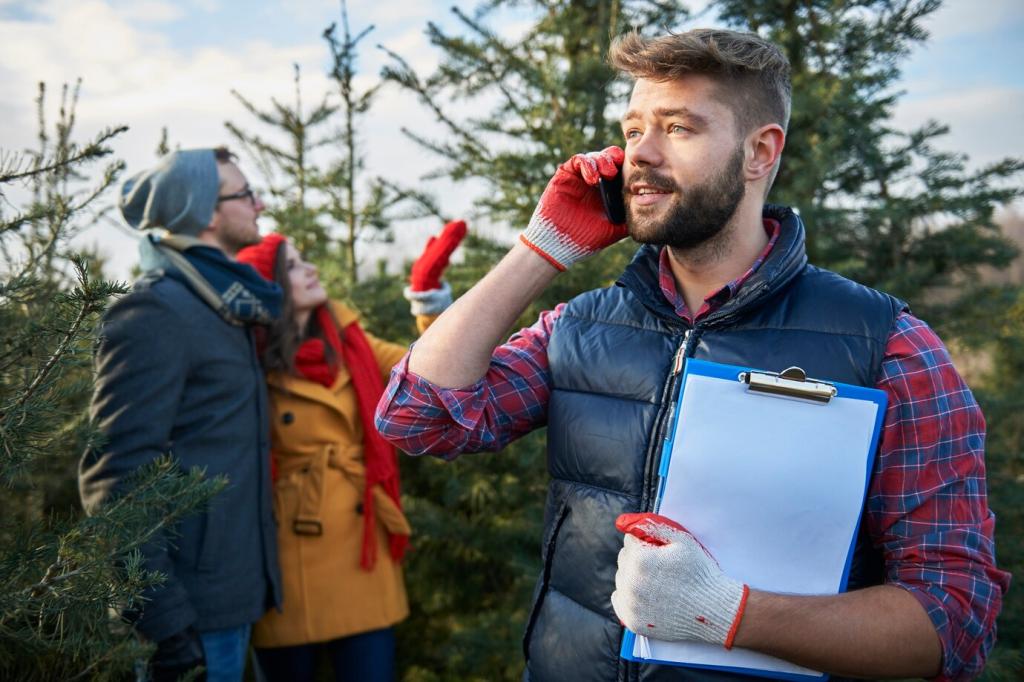
Shutter Speed, Filters, and Stable Stance
For silky water, try shutter speeds between 1/4 and 1 second with a neutral density filter. Brace your elbows, set a timer, or use a railing legally and carefully. Protect lenses from spray with a lens hood and pocket cloth. Capture context—trail, forest, and faces—so the story of the waterfall lives beyond the flow.
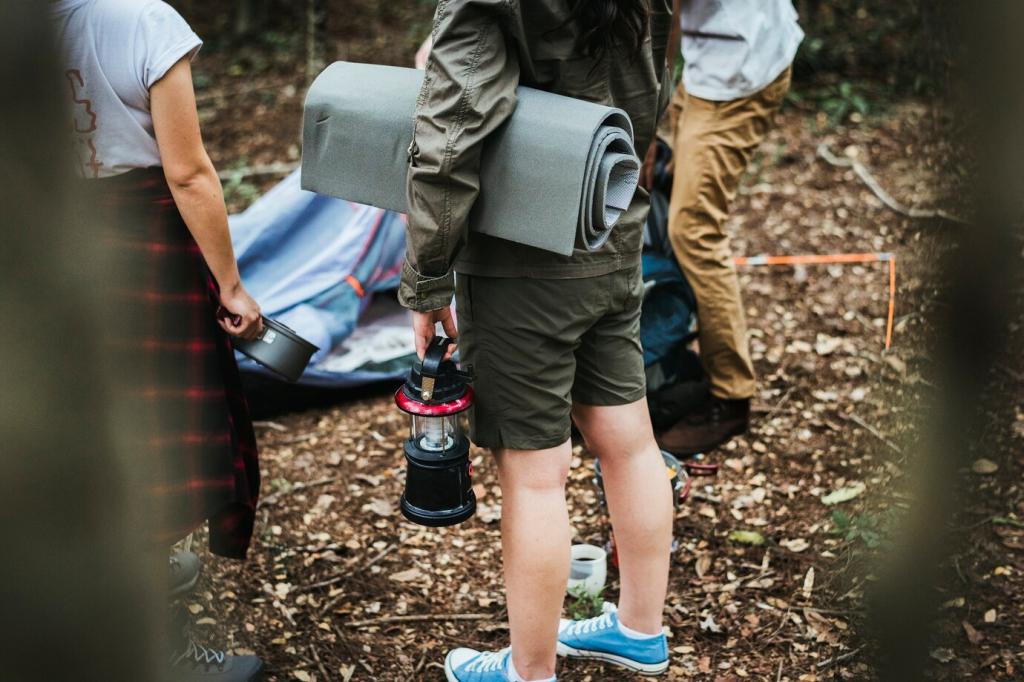
Phone Photography in the Spray
Enable the grid, lock focus and exposure, and wipe the lens often. Burst mode catches shifting rainbows and wind-blown mist. A simple clip-on polarizer can tame glare on wet rock. Keep your phone in a waterproof pouch between shots. Post your favorite frame and tell us where you found that perfect shimmer.
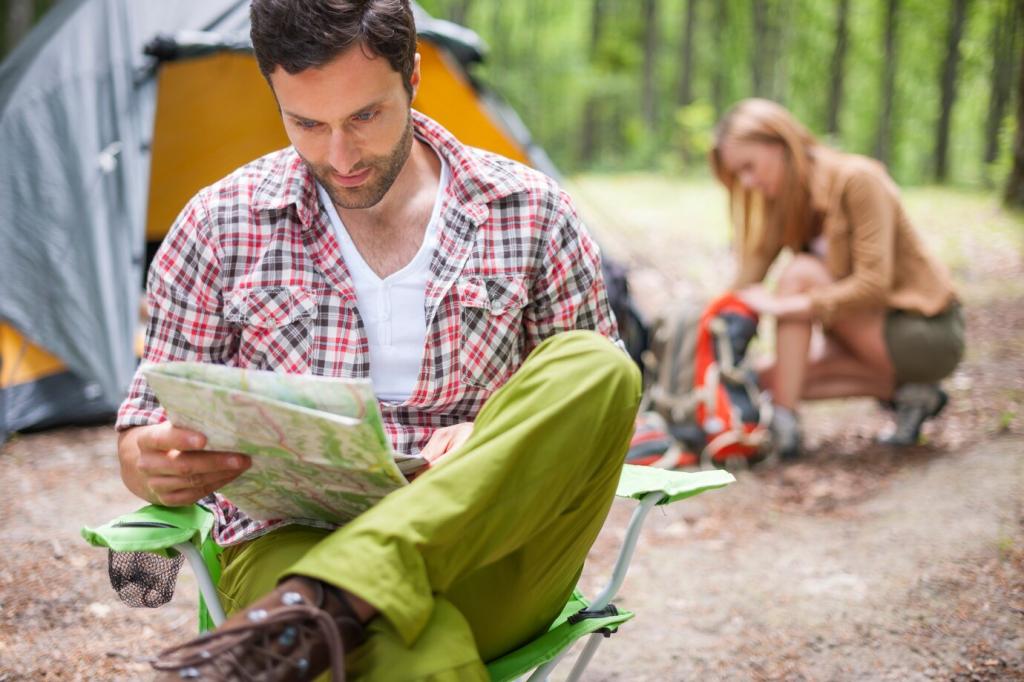
Tell the Story Behind the Spray
A ranger once shared how a family paused beside a roaring cascade, turned off their cameras, and noticed the delicate drummer of water on leaves. Later, their photo felt richer for that memory. Pair images with sensations—sound, smell, touch—and write a caption that invites others into your waterfall moment.
Seasons of Waterfalls in National Parks
Spring Snowmelt Spectacle
Spring brings thundering flows, saturated bridges, and rainbows in the afternoon sun. Trails can be crowded and constantly damp, so start early midweek and wear a breathable shell. Respect closures protecting nests and muddy switchbacks. Share your favorite spring waterfall memory, and we’ll compile a crowd-sourced guide to peak flow windows.
Summer Spray and Shade
Summer eases flows but brightens forest canopies and invites long, shaded rambles. Swimming is often restricted near falls; follow signs and enjoy designated areas only. Beat heat by starting early, resting in cool ravines, and replenishing salts. Which national park waterfall keeps you coming back on hot days?
Autumn Color and Winter Ice
Autumn frames cascades in gold and crimson, while winter paints veils of ice and muted mist. Microspikes transform slick paths, and short daylight urges tighter timing. Always check for seasonal closures and avalanche or ice warnings. Share a frosty waterfall photo, and subscribe for our cold-weather safety checklist.
Inspiring Waterfall Trails to Try
Granite steps, drenching spray, and endless views make this iconic climb unforgettable. Expect slick surfaces and steady elevation gain, with railings in key sections. Start early to catch soft light and lighter crowds. Half Dome permits are separate; bring layers, water, and patience. Comment with your favorite viewpoint along the route.
Boardwalk Viewpoints and Short Graded Paths
Seek out parks with boardwalk overlooks and short, graded approaches to falls, like the accessible viewpoints near Brandywine Falls in Cuyahoga Valley. Check official accessibility pages for slope, surface, and restroom details. Some parks pilot trail-chair programs—ask rangers. Share accessible favorites to help others plan confidently.
Make It a Game for Young Hikers
Turn the trail into a scavenger hunt: count cascades, spot a rainbow, find three moss textures, or name four waterfall sounds. Set a clear turnaround time before fatigue sets in. Celebrate with cocoa or fruit at the overlook. Subscribe to download our printable waterfall bingo and kid-friendly conversation starters.
Pacing, Snacks, and Dry Clothes
Build in photo breaks, snack stops, and water sips at landmarks to keep morale high. Pack a small towel, extra socks, and a cozy layer for post-spray chills. Keep electronics dry in a zip pouch. What tiny comfort item changed your family waterfall days? Tell us, and we’ll share it with the community.
